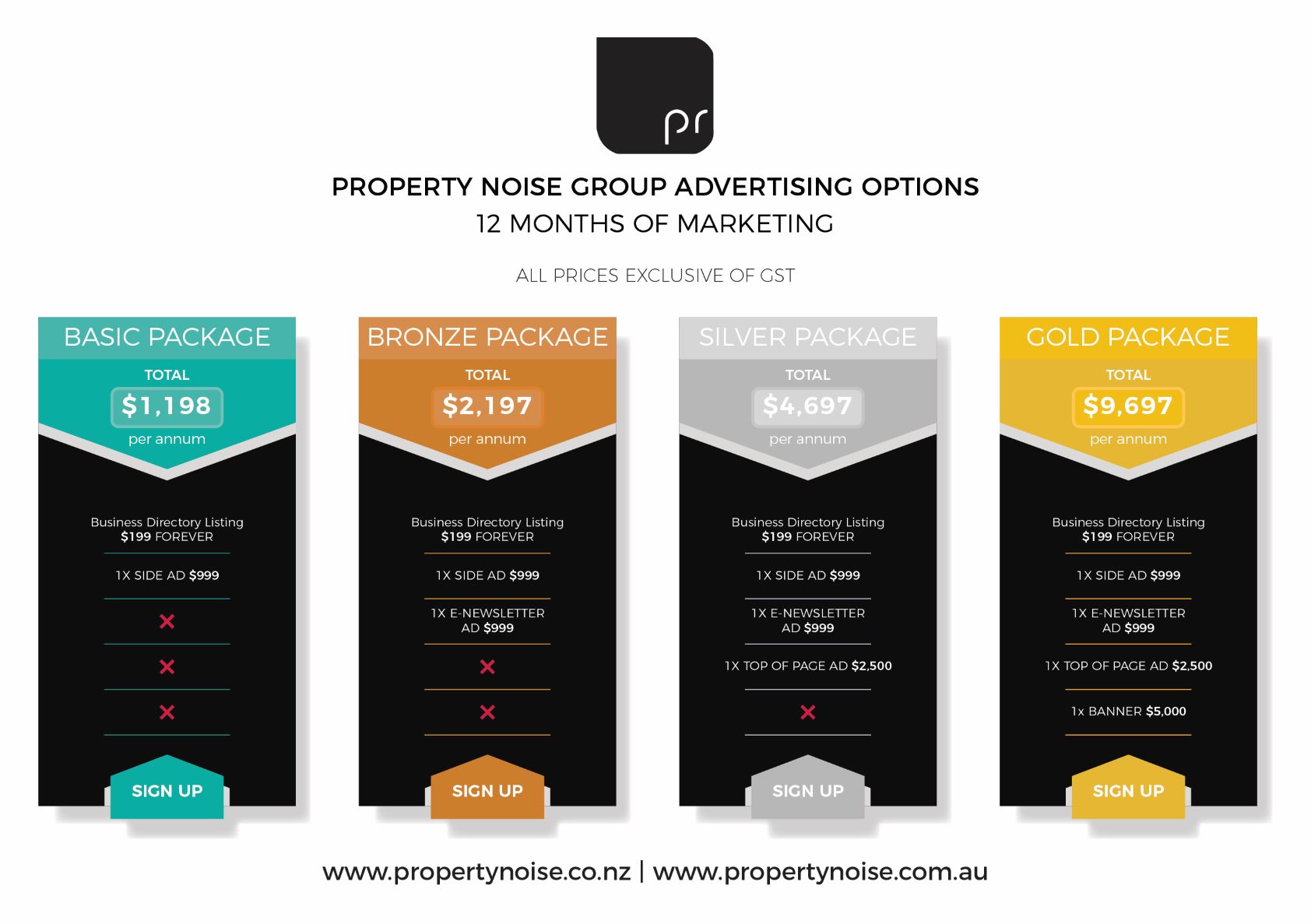PHOTO: Sarah Wood, CEO of realestate.co.nz. SUPPLIED
The New Zealand Property Report: August 2024
Buyer activity lifted after OCR drop, new data reveals
- August marks a return to seasonal listing trends as vendor confidence grows
- Stock levels soften, hinting at a market shift
- Average asking prices vary regionally, but Southland hits new price peak
The OCR dropped during August for the first time in four years, and new data from realestate.co.nz indicates that the market is already responding. In the 14 days immediately following the OCR announcement, there was a noticeable uptick in buyer activity compared to the two weeks prior. During this period, residential listing enquiries increased by 8.5%, the number of saved properties rose by 5.5%, and 6.2% more people saved a search so they would be notified about listings.
Sarah Wood, CEO of realestate.co.nz, suggests people have been waiting for the right moment to act:
“Kiwis have a love affair with property, and while economic factors can sometimes dampen that enthusiasm, it never truly fades. We’ve heard that people have been waiting in the wings, and our data supports that.”
Wood adds that now is an opportune time to transact, with healthy stock levels starting to soften, potentially signalling market movement:
“Those selling can capitalise on increased buyer interest, while those looking to buy still have plenty of choice. Both buyers and sellers can benefit from the relative stability in prices.”
The national average asking price dipped to $844,595 in August, the lowest in three and a half years. However, this is only a 0.5% decrease from July and a 3.4% decrease from August 2023.
“This is not a significant dip. Prices remain stable around the mid $800,000 mark, continuing the flat trend observed over the past 18 months,” adds Wood.

August marks a return to seasonal listing trends as vendor confidence grows
New listings increased by 8.1% year-on-year in August, which reflects a trend that we’d normally expect at this time of year. “Historically, the market has seen a steady rise in new listings during August, but this pattern has been notably absent since 2020. The return of this seasonal trend could indicate that we are entering a new phase of the cycle,” explains Wood.
In August, 16 of 19 regions saw an increase in new listings. Only Nelson & Bays, Northland, and Coromandel bucked the trend, with decreases of 18.1%, 11.1%, and 5.9%, respectively.
“The rise in new listings suggests that vendors view this as a favourable time to sell, likely in response to a more positive sentiment in the market and increased buyer activity,” says Wood.

Stock levels soften, hinting at a market shift
Reflecting the increase in new listings, stock nationally was up 30.0% year-on-year in August. However, stock levels dipped below 30,000 homes for the first time in six months.
“This slight softening in stock levels could signal increased market activity, as declining interest rates and the OCR announcement boost buyer confidence,” says Wood.
The number of listings on the site for less than 30 days also rose by 11.6% compared to July, suggesting that properties are moving through the market more quickly.
Wood notes that while there’s still plenty of stock available to keep the market steady for now, these could be early signs of a shift ahead.
Last month, 18 of 19 regions saw double-digit stock growth year-on-year, with the Bay of Plenty as the only exception, where stock remained flat, increasing by just 0.7%.

Average asking prices vary regionally, but Southland hits new price peak
In August, the national average asking price declined slightly, dropping 0.5% month-on-month and 3.4% year-on-year. However, Southland defied this trend by surpassing the $550,000 mark for the first time since records began, reaching a 17-year high of $558,314.
Auckland saw a slight increase in its average asking price, month-on-month, for the first time since April. This could signal a shift in market dynamics for the City of Sails, but Wood warns it is too early to say for sure: “Every region is unique, so it’s crucial to research the area you’re buying or selling in.” lots of month-on-month and year-on year here.













